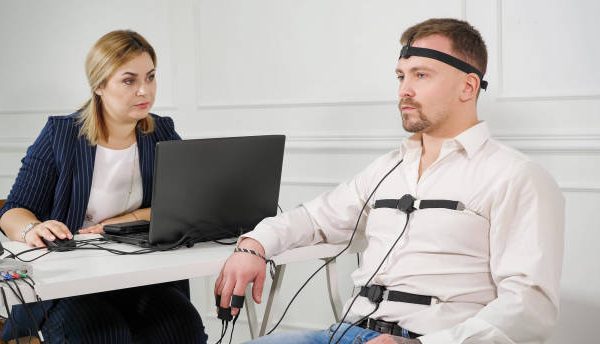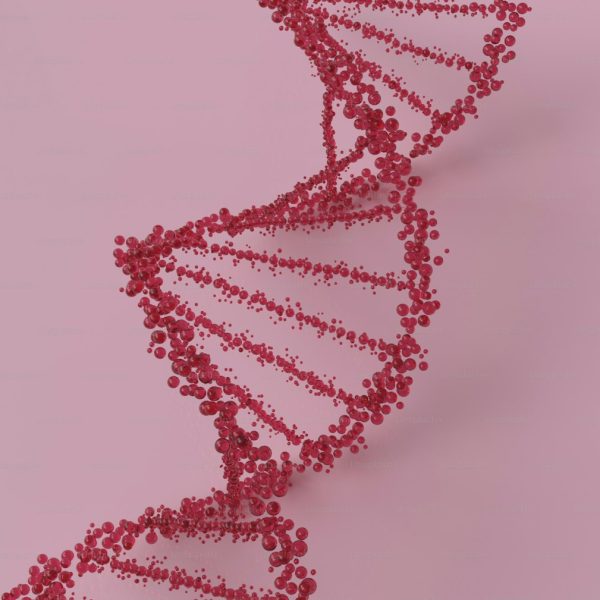In our never-ending quest for personal well-being and self-improvement, two seemingly distinct practices have found common ground: yoga and biohacking. On the surface, yoga, a timeless practice rooted in mindfulness and physical postures, may seem worlds apart from biohacking, a modern approach to enhancing human potential using science and technology. However, as we delve deeper into these practices, we discover a fascinating connection that offers profound insights into our physical and mental capabilities.
Yoga: The Ancient Path to Balance
Yoga, originating thousands of years ago in ancient India, has always been a means to achieve balance and harmony. It encompasses physical postures (asanas), controlled breathing (pranayama), meditation (dhyana), and ethical principles (yamas and niyamas). The essence of yoga lies in uniting the mind, body, and spirit, promoting self-awareness and inner peace.
Biohacking: The Science of Human Enhancement
On the other hand, biohacking is a relatively recent phenomenon, emerging in the 21st century. Biohackers are individuals who employ a blend of technology, scientific knowledge, and personal experimentation to enhance various aspects of their lives. This encompasses improving physical fitness, mental focus, sleep quality, and nutritional choices.
At first glance, the worlds of yoga and biohacking may seem to have little in common. Yoga advocates a slow, introspective approach to self-improvement, often focusing on inner awareness. Biohacking, on the other hand, appears more high-tech, emphasizing external tools and quantifiable results. However, a deeper exploration reveals the synergy between these practices.
1. Mindfulness and Self-Awareness
Yoga places a strong emphasis on mindfulness and self-awareness. Practitioners are encouraged to connect with their bodies, thoughts, and emotions, fostering a deeper understanding of themselves. Biohacking, too, champions self-awareness but frequently leverages wearable devices, apps, and data tracking. These technologies assist biohackers in monitoring vital signs, sleep patterns, and even brain activity. When combined with yoga’s mindfulness techniques, biohacking can enhance our capacity for self-discovery.
2. Stress Reduction and Mental Resilience
Both yoga and biohacking share a common goal: reducing stress and enhancing mental resilience. Yoga’s focus on breathing exercises and relaxation techniques is well-known for its stress-reduction benefits. Biohacking complements this by offering stress-tracking tools and strategies to mitigate its effects. The integration of yoga and biohacking can provide a comprehensive approach to managing stress in our fast-paced lives.
3. Performance Optimization
Biohacking is often associated with performance optimization, whether in sports, work, or daily life. Yoga, too, can enhance physical performance through increased flexibility, strength, and balance. The fusion of yoga’s physical postures with biohacking’s data-driven approaches enables individuals to fine-tune their fitness routines and attain peak performance levels.
4. Sleep Quality
Adequate and restorative sleep is vital for overall well-being. Yoga’s relaxation techniques and meditation can significantly improve sleep quality. Biohacking complements this by offering insights into sleep patterns and personalized strategies for better sleep. Together, these practices create a holistic approach to optimizing sleep hygiene.
5. Nutritional Awareness
Yoga encourages mindful eating, underscoring the importance of being present during meals. Biohacking can further enhance nutritional awareness through tools that track dietary choices and their impact on health. By merging yoga’s mindful eating principles with biohacking’s data analysis, individuals can make more informed dietary decisions.
The Future of the Yoga-Biohacking Connection
As we venture into an era where holistic well-being and self-improvement are paramount, the synergy between yoga and biohacking will likely become even more pronounced. Advancements in wearable technology, personalized health data analysis, and integrative approaches to wellness are poised to reshape how we approach both practices.
Picture a future where yoga practitioners employ biofeedback devices to refine their meditation sessions, or where biohackers seamlessly incorporate yoga postures into their daily routines for improved physical and mental resilience. This potential convergence has the power to unlock new dimensions of human potential and well-being.
In conclusion, the connection between yoga and biohacking stands as a testament to the adaptable and inclusive nature of these practices. Whether you are drawn to the timeless wisdom of yoga or the cutting-edge tools of biohacking, there is room for both in your journey towards optimal health and self-improvement. By exploring the intersections between these realms, we can harness the best of both worlds, leading to a more balanced, resilient, and self-aware existence.
References:
1. Cramer, H., Anheyer, D., Saha, F. J., & Dobos, G. (2018). Yoga for posttraumatic stress disorder: a systematic review and meta-analysis. BMC Psychiatry, 18(1), 72. [Read here](https://pubmed.ncbi.nlm.nih.gov/29571234/)
2. Asprey, D. (2014). The Bulletproof Diet: Lose up to a Pound a Day, Reclaim Energy and Focus, Upgrade Your Life. Rodale Books.
3. Desai, R., Tailor, A., & Bhatt, T. (2015). Effects of yoga on brain waves and structural activation: A review. Complementary Therapies in Clinical Practice, 21(2), 112-118. [Read here](https://www.sciencedirect.com/science/article/pii/S1744388115000048)
4. Schroeder, T., & Tully, M. (2017). The Complete Idiot’s Guide to Biohacking. Penguin.
5. Streeter, C. C., Gerbarg, P. L., Saper, R. B., Ciraulo, D. A., & Brown, R. P. (2012). Effects of yoga on the autonomic nervous system, gamma-aminobutyric-acid, and allostasis in epilepsy, depression, and post-traumatic stress disorder. Medical Hypotheses, 78(5), 571-579. [Read here](https://www.sciencedirect.com/science/article/pii/S0306987711002668)








One Response
I am extremely inspired along with your writing talents as well as with the structure for your weblog. Is this a paid topic or did you modify it your self? Anyway keep up the excellent high quality writing, it’s uncommon to look a great blog like this one today!